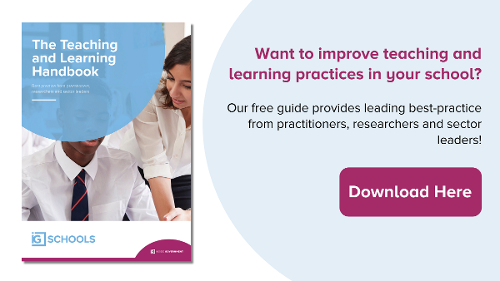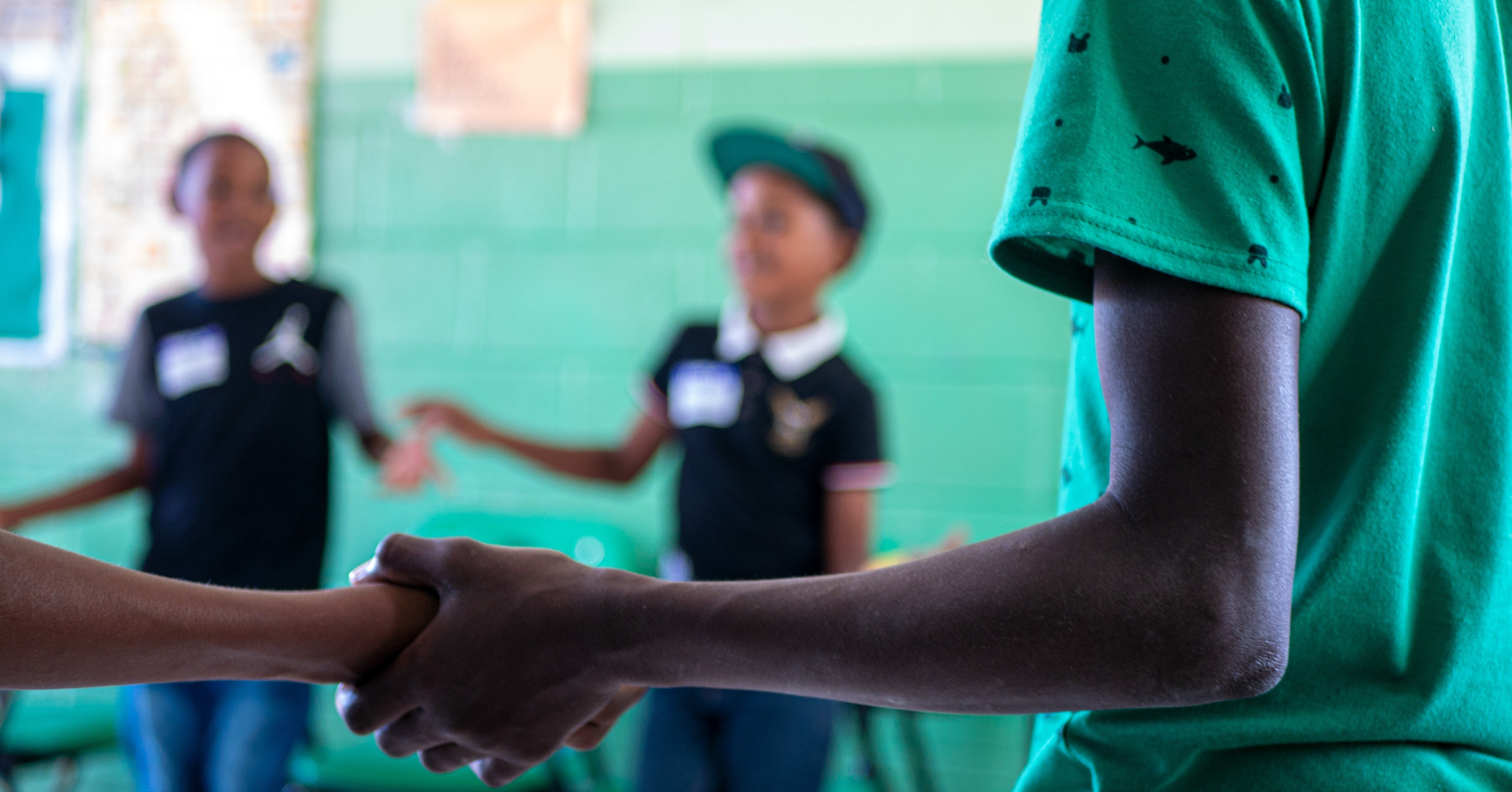What was the Impact of COVID on Education?
From the public sector to private, the entire nation felt the impact of the coronavirus pandemic and the subsequent lockdown.
Whether it’s forced schools to change and illuminated some glaring gaps in adaptability or reimagined the future of teaching, we’ve discussed the observed impact of COVID-19 on education in this blog.
The New Normal
Education was hit particularly hard by the COVID-19 pandemic. With a staggering 1.53 billion learners out of school and 184 country-wide school closures, it impacted 87.6% of the world’s total enrolled learners.
Digital Classrooms
The most effective tool in keeping pupil retention and maintaining access to learning was online learning.
School closures in response to the pandemic have shed light on numerous issues affecting access to education. Felt heaviest by deprived schools, a report by Sutton Trust identified 15% of teachers reported more than a third of their students as not having access to electronic devices or fast internet access.
Laptops and tablets are being provided for disadvantaged families by the Department for Education for children and young adults who do not currently have access to them through another source, such as their school. Although it’s unsure how effective the scheme has been, it’s clear the gap needs to be narrowed.
There have been many adjustments educational institutions have had to make within the last six months. Coronavirus has been a transformative event. Institutions are already working to lessen the impact of school closures on inequality gaps among pupils, to enable them to engage disadvantaged students better.
A great example of innovation within an online and in-person blended learning environment is being practised by Coombe Hill Junior School in Kingston upon Thames.
Throughout lockdown, they’ve implemented:
-
Online assemblies
-
Digital learning classroom
-
YouTube video content to guide physical education
-
Shared novel-reading sessions
An important side-effect of the coronavirus impact is the exposure of the digital divide that exists in the UK. Social mobility and class differences mean that some of the poorest and most disadvantaged children are likely to be affected by a lack of access to remote learning because of technological issues. A study by the Office for National Statistics found that in 2019:
-
60,000 children from the ages 11 to 18 do not have internet access in their homes
-
Around 700,000 children do not have a computer, laptop or tablet with which to access online learning
Schools need to determine the ways in which they can mitigate any long-term effects this may cause, as well as ensuring they can still benefit from a blended learning approach in the future.
Curriculum Recovery
After roughly six months of absence from schools, pupils will need to be given a recovery curriculum that helps them get up to date with the learning that they missed.
Yet, while this seems to be an obvious answer, restructuring curriculums to more effectively teach what was missed, it could represent a significant drain on time and resources. Schools need to go about recovery curriculums in a well-developed way, so that pupils are taught accurately but without overloading them (or their teachers) with work.
It needs to understand the needs of pupils and the wider educational community so that future education is not impeded by anything implemented at this point.
Social Distancing and Cleanliness
Social distancing is the current practice of keeping safe and reducing the spread of COVID-19. In schools, it means a number of actions are being taken, such as:
-
Students sitting at least two metres away from each other
-
When 2 metre distance can’t be observed, PPE is recommended
-
Designated walkways are being created to ensure there’s no close contact outside of classrooms
-
Hand sanitising stations have been implemented
-
There's also been a particular emphasis on getting students to wash their hands more thoroughly and more regularly
-
Avoiding unnecessary staff gatherings
Pupil Rotation
Social distancing has been yet another blow to the education sector. Pupil rotation and staggered learning/break times have been essential for keeping the numbers of students together in a small space to a minimum. Large gatherings have been eliminated, meaning class sizes are also being altered to reflect the situation.
With smaller classes making it easier for students to learn at a distance from each other, it was uncertain during the first months of lockdown how education would continue. In some schools, per government guidelines, only Reception and Year 6 classes have been able to go in and learn.
There’s more information on the key principles of social distancing on the NHS website. The UK GOV site also has a large section entitled ‘Coronavirus (COVID-19): implementing protective measures in education and childcare settings’ which has in-depth information on key actions education providers should take.
Long-Term Influence
This challenging period has given us plenty of insight into the flexibility of teaching and what education could look like in the future. For example, many schools have been using video conferencing to carry out lessons with platforms such as Zoom being incredibly helpful.
Learning from past experiences, society will need to work harder to help children adapt to the new norms in a post-lockdown world. This means the future of education will be increasingly focused on digital literacy. Schools will need to determine a digital methodology and effectively communicate it to all those involved. It could be that schools begin offering blended learning - a mix of online and in-person - as standard, even after the pandemic subsides.
Digital learning is an inherently agile method of teaching and can be built bespoke for students and their needs. However, this means the future of education also needs to tackle the issues of children without access to technology or high-speed broadband. In any future digital teaching strategy, problems such as this must be addressed.
Due to the economic uncertainty, in the next coming years we can expect a decline in teachers who leave the profession. In the report mentioned previously, the Gatsby Foundation stated:
“The longer-term dynamics of the teacher recruitment market is likely to be determined by whether teachers decide to actively seek new roles for the next academic year. Economic uncertainty often causes employees to decide to stay put, rather than seek promotions or careers in other sectors. “
It’s difficult to ascertain the future effects COVID-19 will have on teacher retention rates. However, we’ve gone into further detail about the impact here.
This is just the beginning - the coronavirus pandemic has affected education and learning in unimaginable ways. With schools reopening, we’ve covered the true challenges the education sector has risen to and the undeniable brunt that has been felt by pupils, parents and staff alike in our latest in-depth downloadable guide.



.jpeg)

